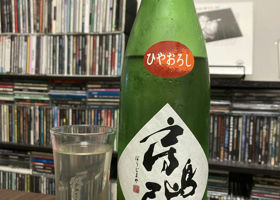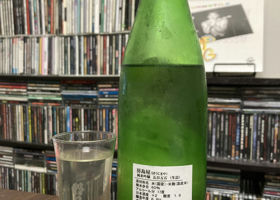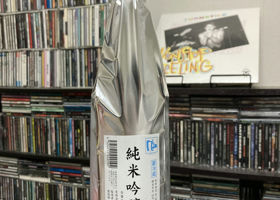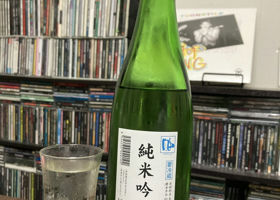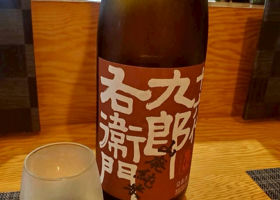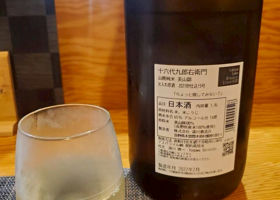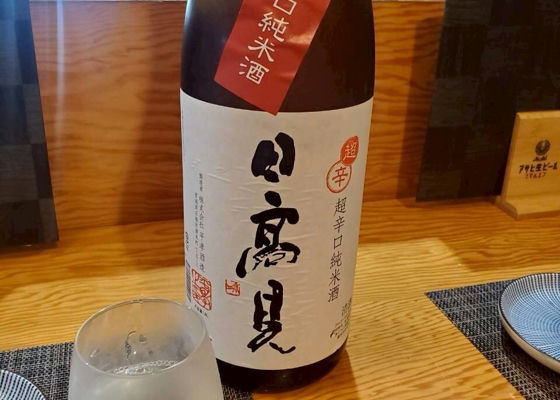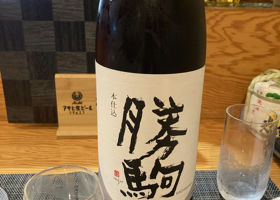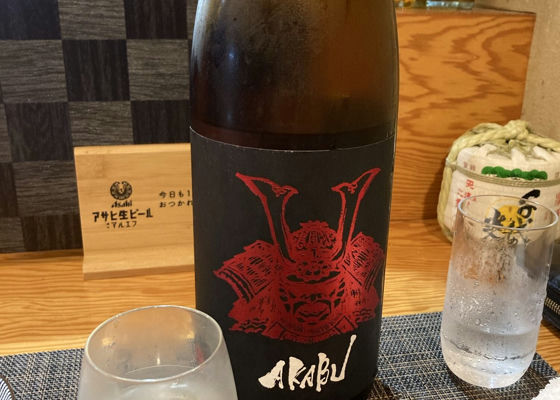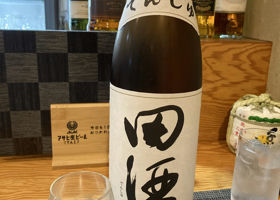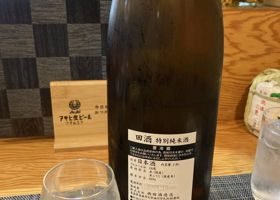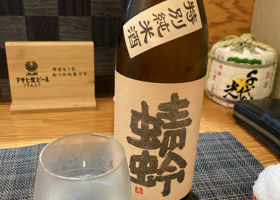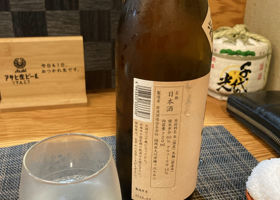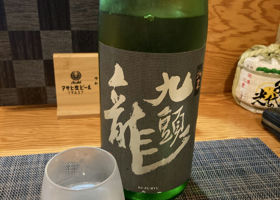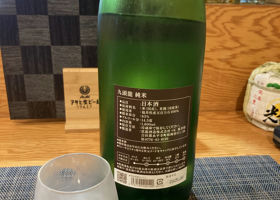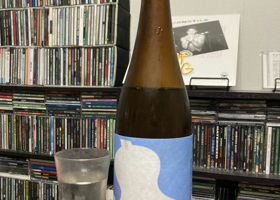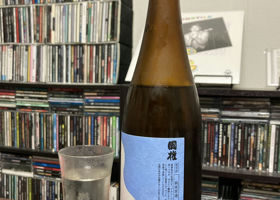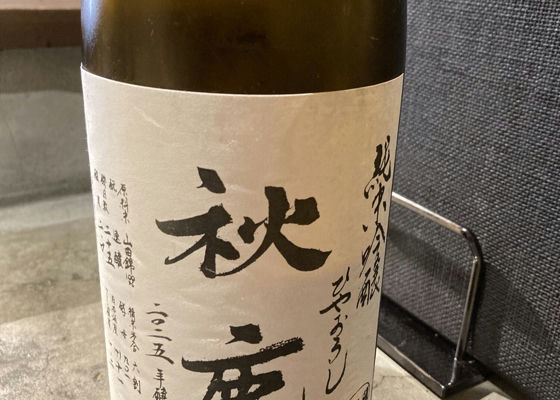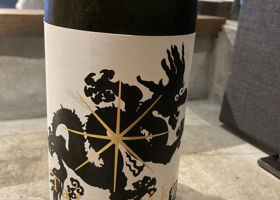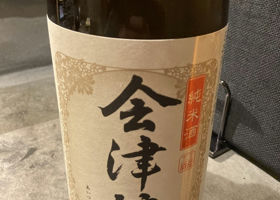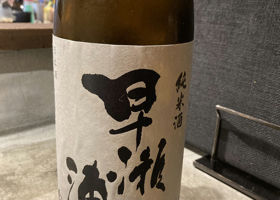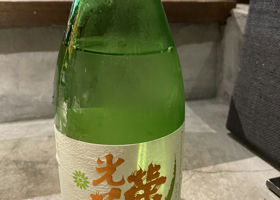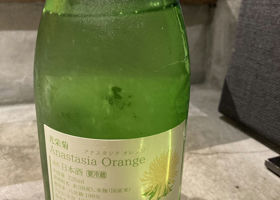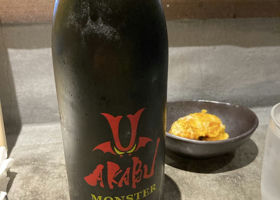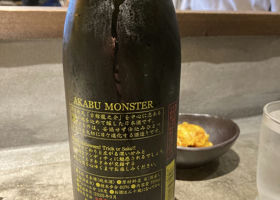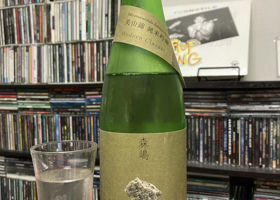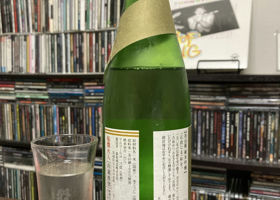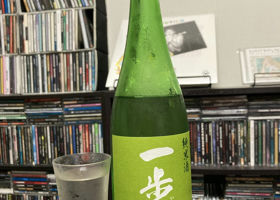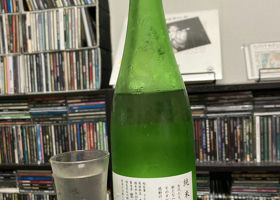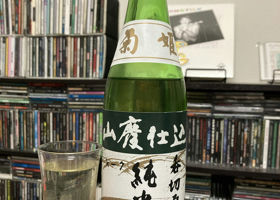
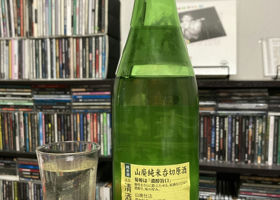
FSB
Purchased in October at Sunmart, a well-known local sake shop in Nagaoka.
Here it is! It's Kikuhime!
I am now completely captivated by Kikuhime.
After hi-ire, the brewer inspects the sake in the storage tanks to check the degree of maturity and any abnormalities. This process is called "nakagiri" because the mouthpiece of the storage tank is cut off during this process, and the sake that the brewer drinks during this process, in other words, the sake before watering, is called nakagiri sake.
This is why it is called "nadiri-hara-sake.
It is always impressive to see how rice can be brewed in such a way that it becomes so rich and full-flavored.
Hooray for Kikuhime and Yamahai.
Japanese>English
ma-ki-
Hello, FSB!
I see you're a sucker for Kikuhime 😍.
I had a chance to drink it outside a while ago and it was easy to drink and delicious 😋.
I'd like to try it at home this time 🤗.
Japanese>English
FSB
Hi, ma-ki-!
Thank you for your comments!
Kikuhime is delicious, isn't it?
It's also great to have a nice warmed sake at home 🍶.
Japanese>English
